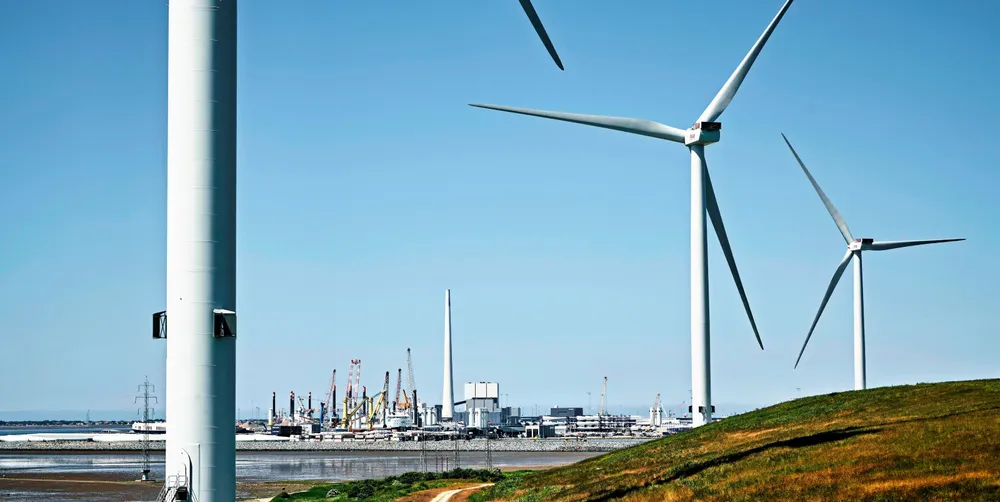'Green superpower' Denmark plans second gigascale offshore wind-to-hydrogen plant
Swiss developer H2 Energy Europe buys plot in Port of Esbjerg for 1GW electrolyser to produce green fuels for 10,000 trucks

Swiss developer H2 Energy Europe buys plot in Port of Esbjerg for 1GW electrolyser to produce green fuels for 10,000 trucks
